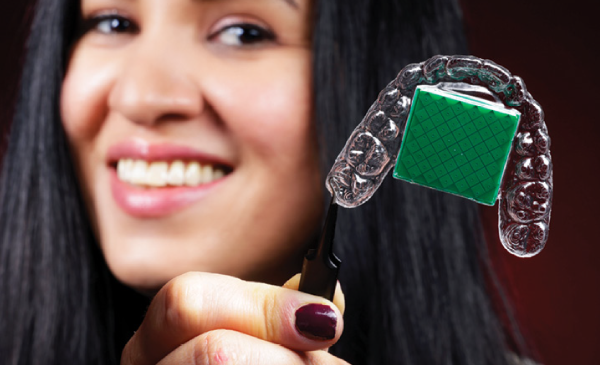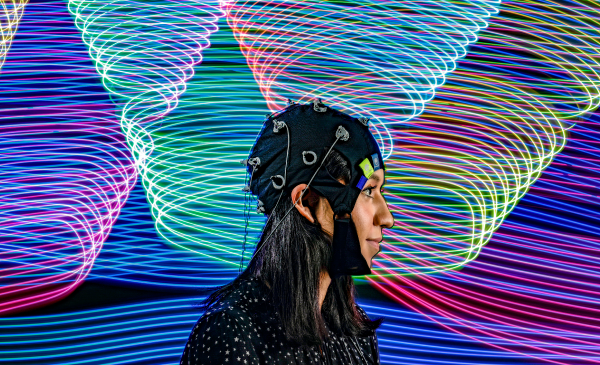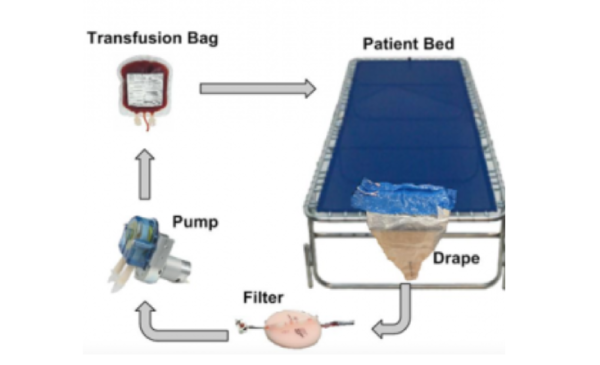Areas of Work
The WTSE lab develops innovative sensing and discreet wearable technology for applications in the following areas:
- Medical diagnostic and rehabilitation devices for precision medicine
- Assistive and augmentative devices
- Biomarker and vital signs monitoring for application in personal health, medicine, and sport
- Movement disorder modeling and mechanistic analysis
- Study of biomechanics and neurological pathways of movement
The WTSE lab develops wearable devices and novel quantitative movement analysis techniques to diagnose, monitor, and improve rehabilitation outcomes. Our team focuses on developing technologies and methods that can be translated into the clinic and the real world. At the WTSE lab, we collaborate closely with medical professionals and patients to clinically evaluate the developed technologies. One of our close collaborators are medical professionals at the Shirley Ryan AbilityLab.
Long-Term Goals of WTSE
- Innovative Wearable Technologies: Develop novel, discreet sensing, and wearable technologies to enhance the quality of life for patient populations. Develop augmentative devices to advance health monitoring and provide immersive experiences for all users.
- Mechanism Discovery and Personalized Interventions: Uncover the underlying mechanisms of movement disorders in various patient populations and design targeted, personalized diagnostic and rehabilitation interventions.
- Widespread Dissemination: Promote and disseminate our developed sensing technologies and medical devices across wider clinical and real-world settings to ensure broad accessibility and impact.


